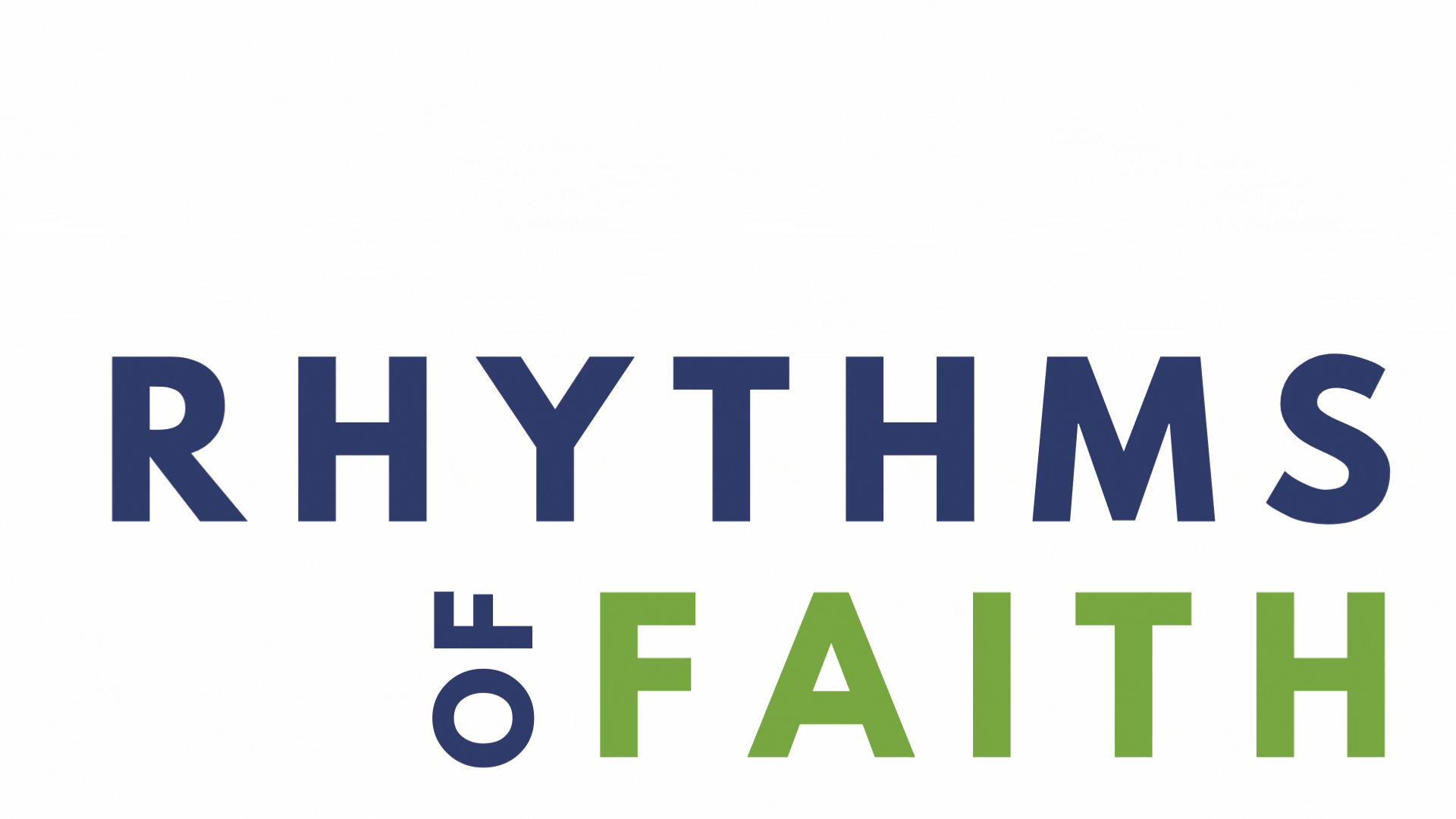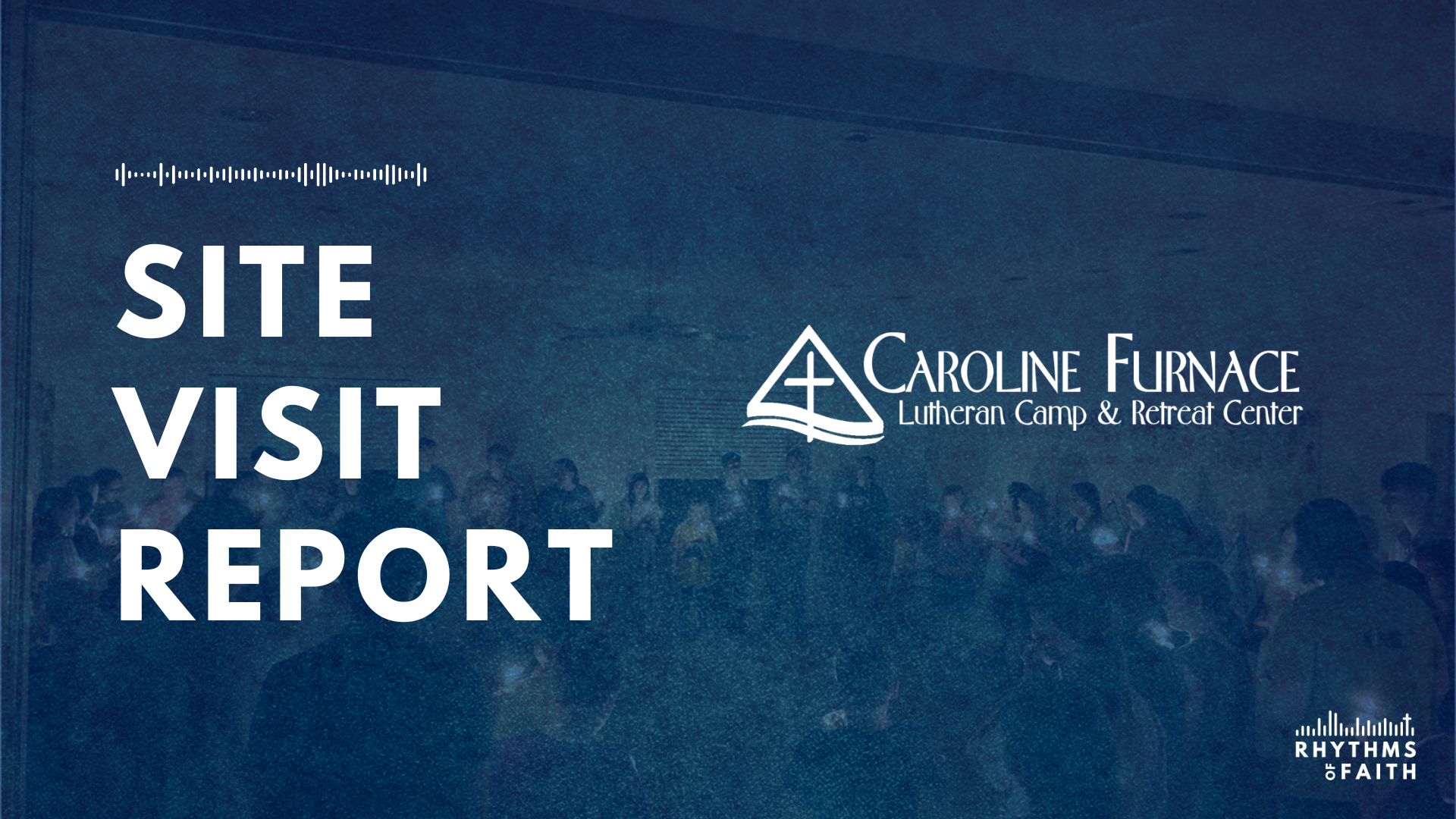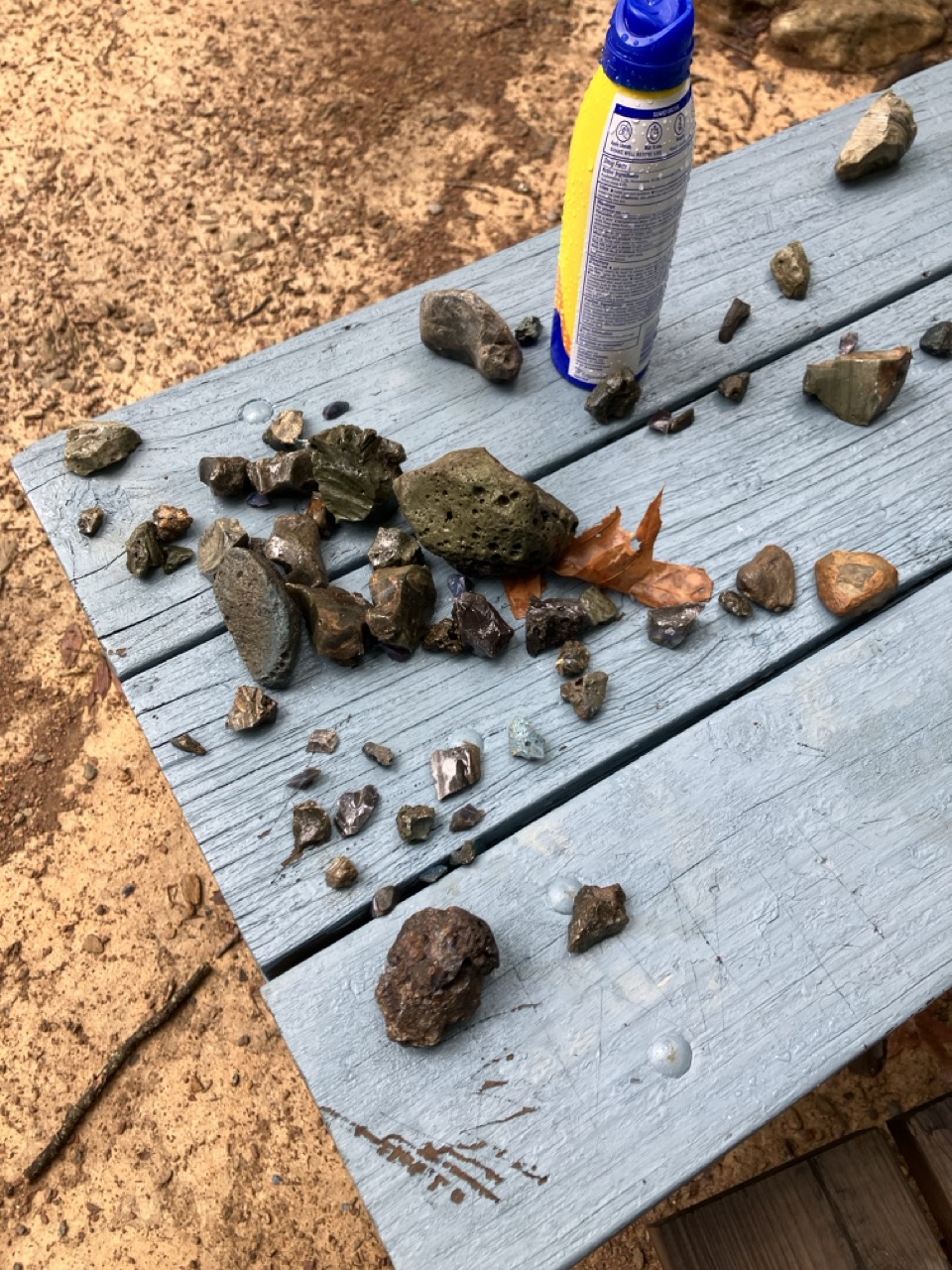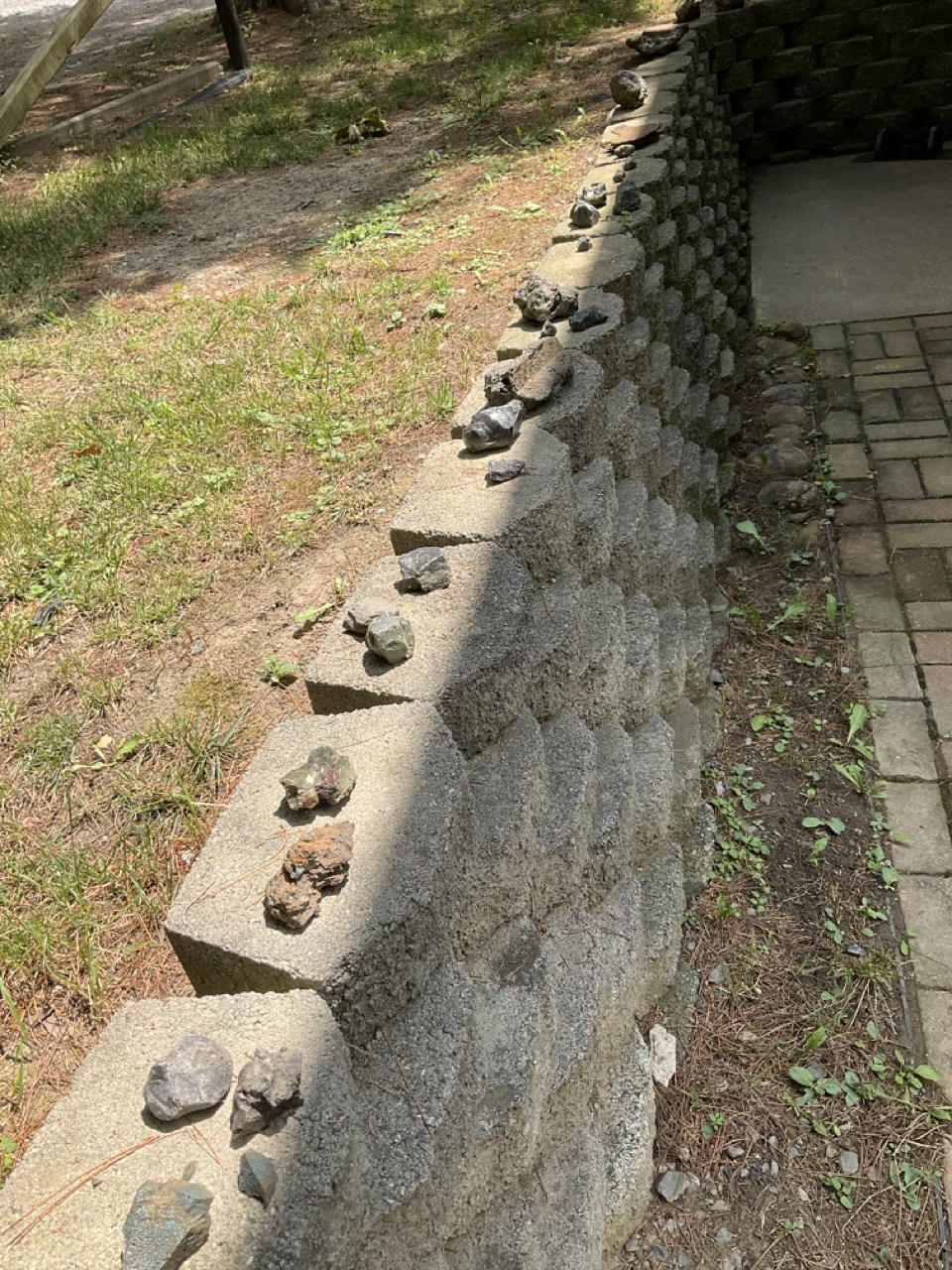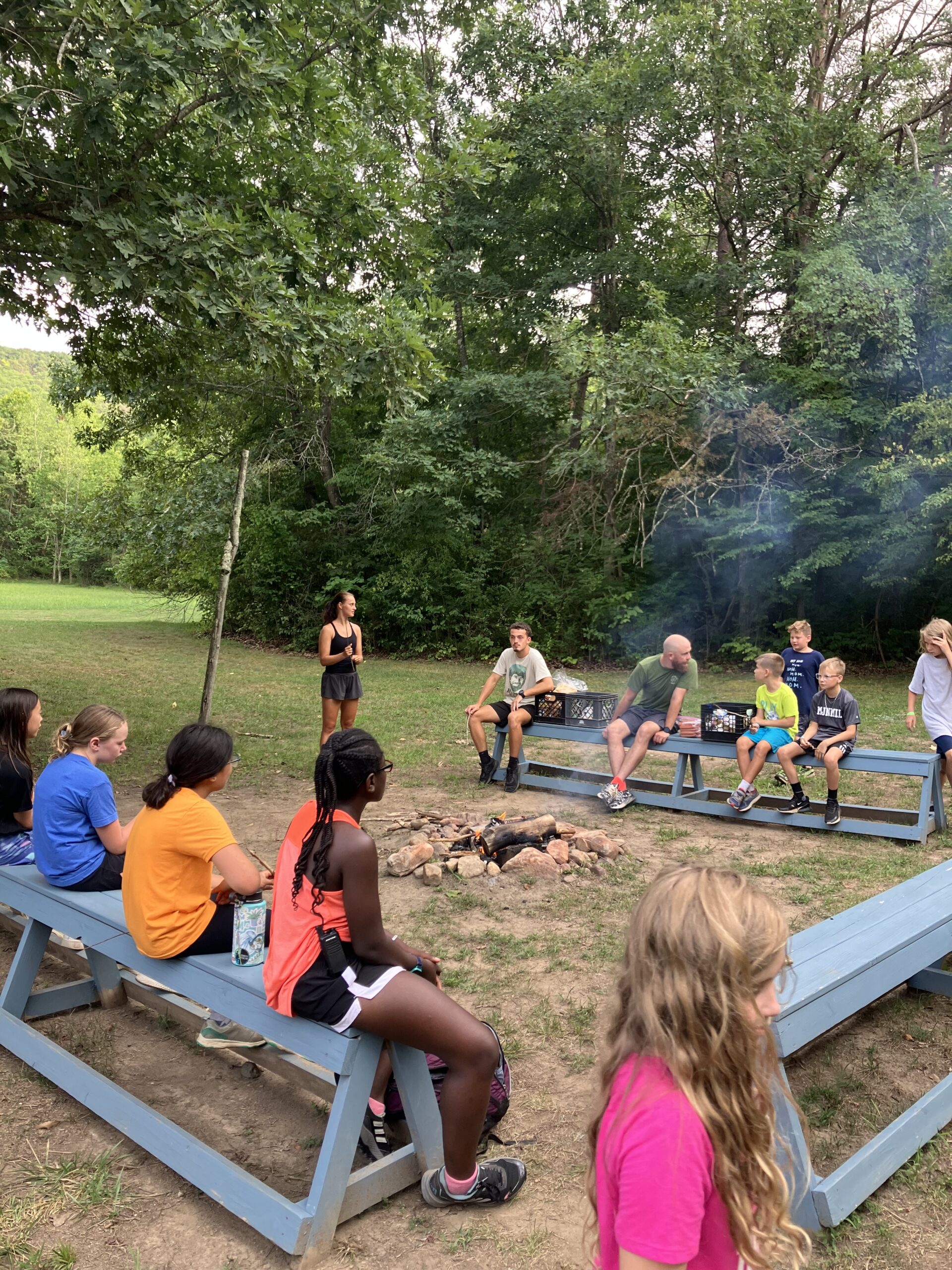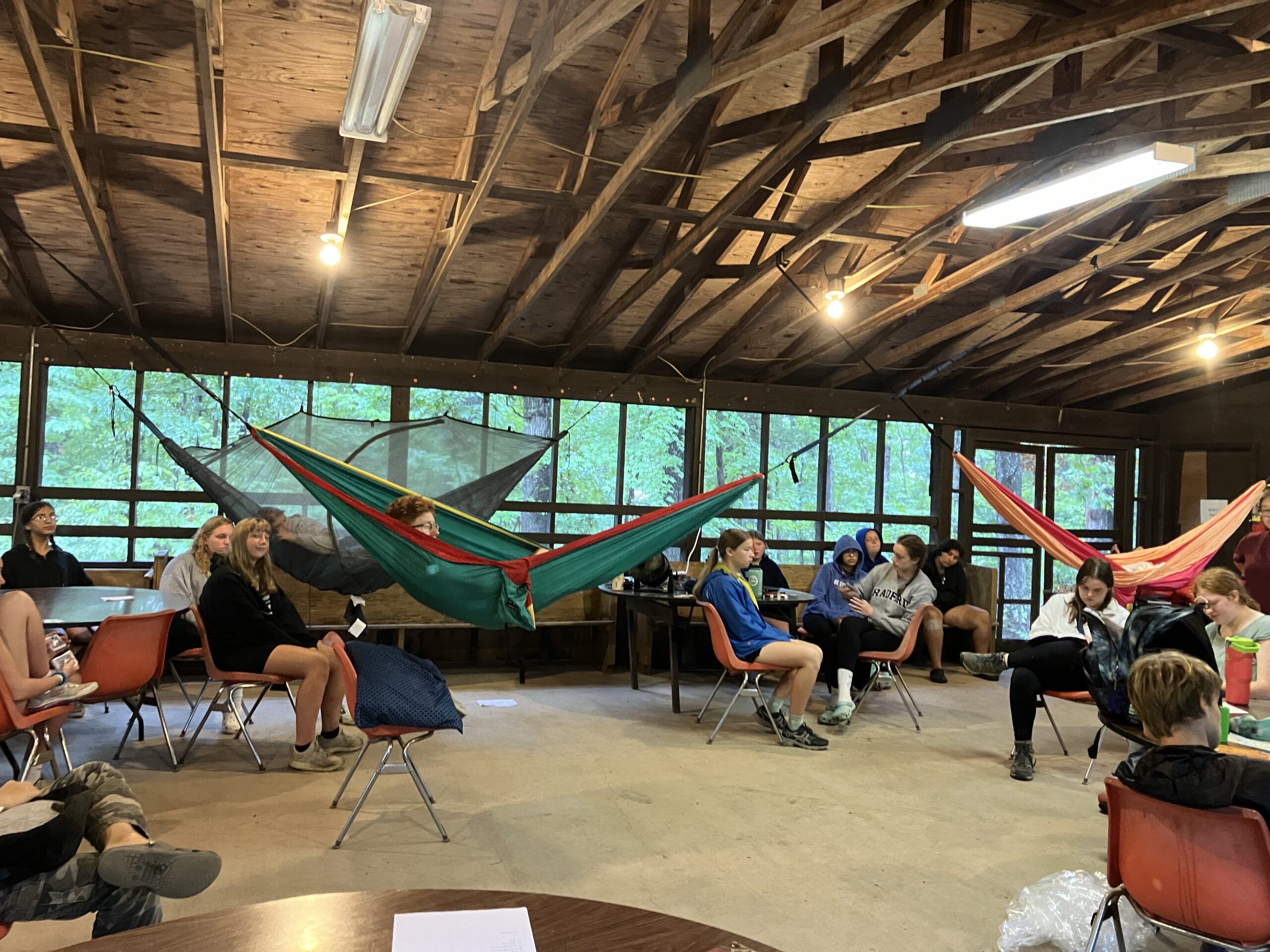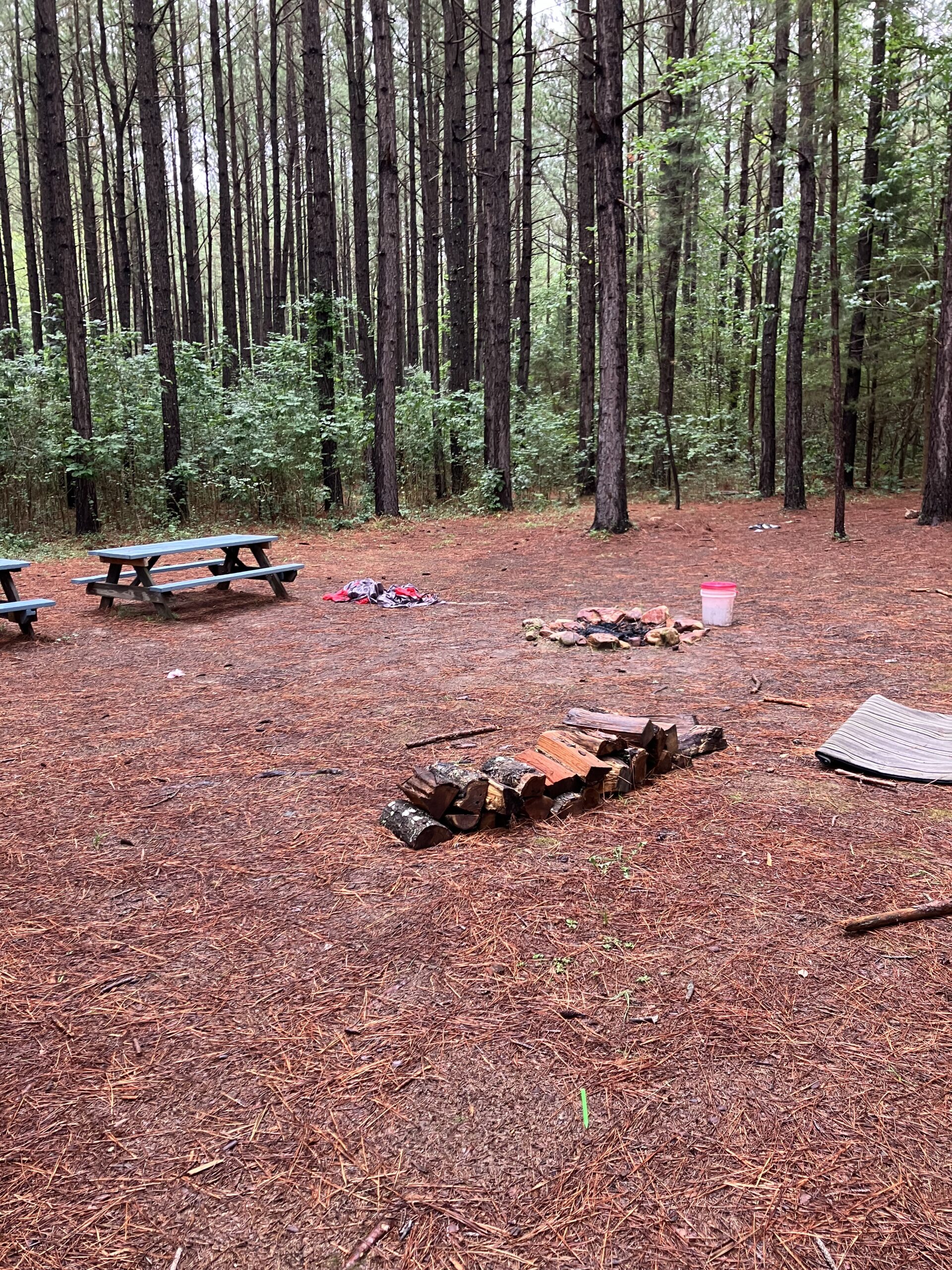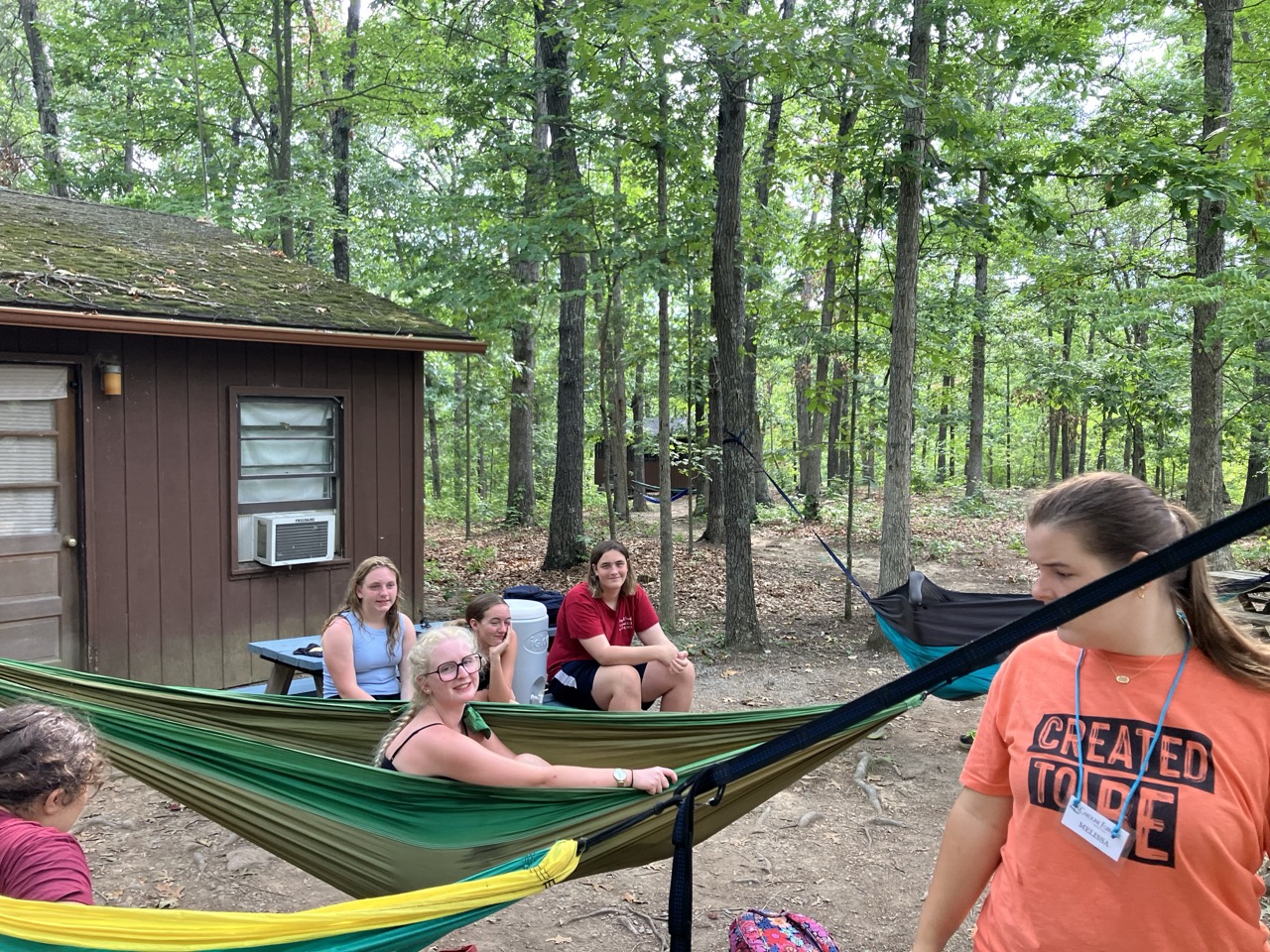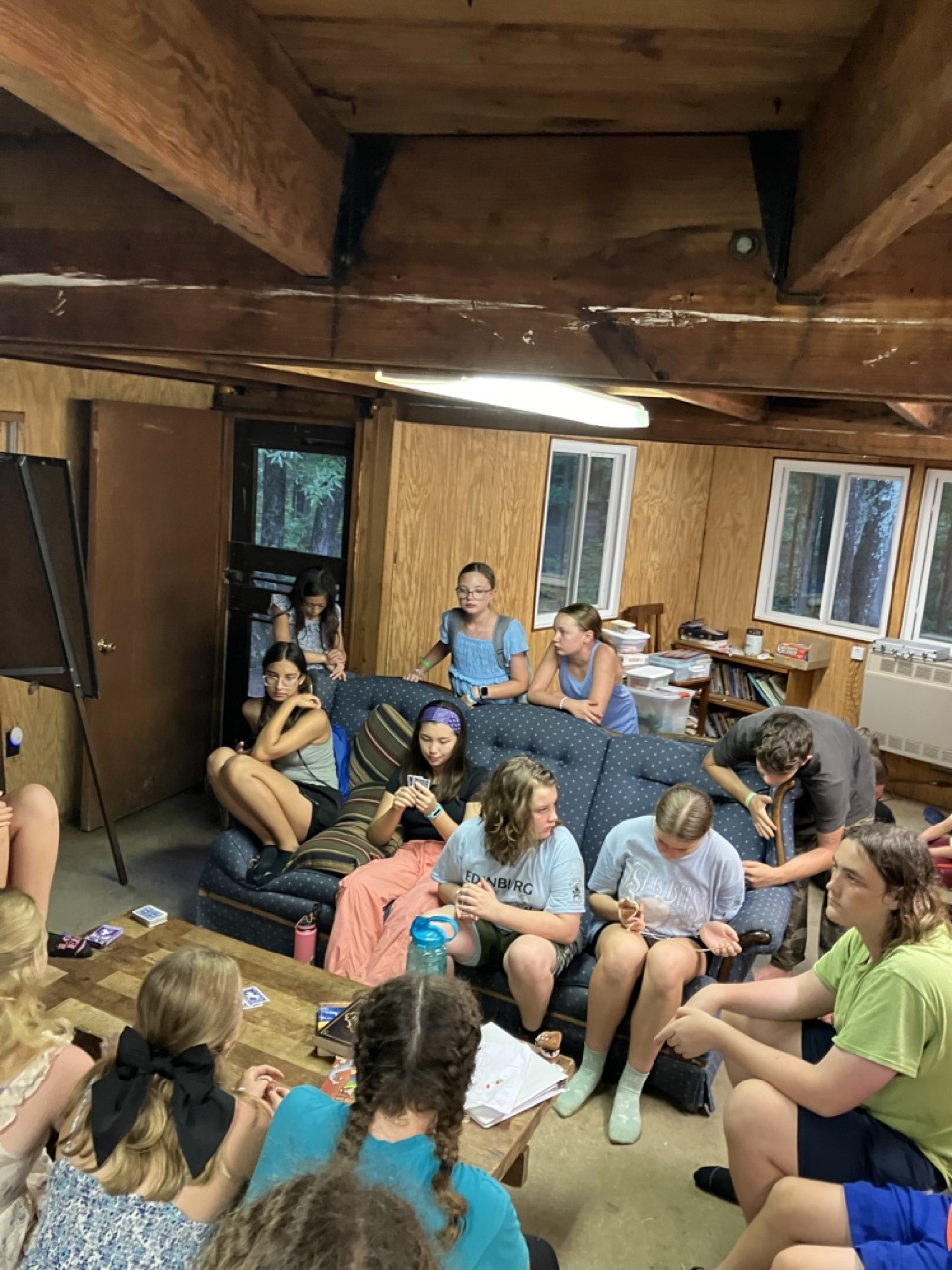Church is not a building.
As I pulled off the Virginia highway during the final stretch of my 6-hour journey to Caroline Furnace, I passed a small building that looked somewhat like a church. The message on the sign in the parking lot read, “This is a building. You are the church.”
I pondered the phrase for the last 30 minutes of the drive, reflecting on how the earliest references to the concept of ‘church’ in scripture are references to groups of people rather than buildings or denominational structures. ‘Church’ is a lived reality – an expression of faith through community gathered together. Little did I know, this is what I was about to encounter at Caroline Furnace.
You have arrived?
I traveled to Caroline Furnace Camp and Retreat Center as part of the Rhythms of Faith Project, which is investigating camp’s role as a catalyst for family faith formation. When my GPS proclaimed, “You have arrived at your destination,” the only sign of any civilization (let alone a fully functioning camp) was a white farmhouse I could only partially see through a clearing in the trees. As I passed through the clearing, a welcome sign appeared in the distance, reassuring me that I had, indeed, arrived. I stopped at the office, where I looked around as I waited for my hosts. Lying on the terrace wall adjacent to the office was a line of small rocks, each unique in its color, shape, and texture. These would become features of my experience – I saw them everywhere I went – and are an important part of the history of Caroline Furnace. Purchased in 1957, the land the camp sits on was once used as an iron plantation, where one of the many iron ore furnaces scattered throughout the Shenandoah valley ran for decades. The furnace itself has been removed, but remnants of the process are abundant throughout the property.
After grabbing a picture of the rocks, I looked around and took a deep breath, decompressing from my drive. “It’s so calm here,” I thought to myself. From where I was standing next to a small office building/apartment, I could see a large pavilion and a farmhouse, but everything else was open field, spotted with trees, benches, and fire pits. I was soon greeted by the maintenance director, who showed me to the farmhouse where I was staying, and then gave me a quick tour of camp.
The site has two main sections, one called cabin village, and one called main field, which is where I landed when I arrived. Running between them is a large creek with a variety of custom-made bridges stretching over it. Cabin Village has 8 camper cabins, a large bathhouse, the dining hall, and the ‘park’ – an open play area with gaga ball, basketball, and other camp activities. Just up the hill from the camper cabins are the Sukah’s, screened platform style cabins, also with a large pavilion and a bathhouse. Situated behind the camper cabins is a large, newer building called the “Upper Room,” which offers a multi-purpose space for use during rainy days and other events.
As I got the lay of the land, it was obvious that Caroline Furnace values outdoor engagement, and their site is designed in a way that encourages but also somewhat demands that campers get comfortable in the elements. Here, it’s not about fancy buildings, it’s about being together in community. This week’s programs are designed to capitalize on that reality, with high school campers participating in “Hammock Camp” and elementary/junior high campers participating in “Outdoor Living Skills” or “Explorers.” All of these have a heavy focus on immersion in God’s creation. Come rain, shine, or swarming gnats, campers at Caroline Furnace clearly find joy in being together in outdoor spaces.
Diving Deep in the “Chill”
After my tour and some time to get settled, I joined a group of campers and staff by the lake and began my deep dive into the full experience at Caroline Furnace. I was quickly welcomed into a group playing cards at a picnic table and got to meet three international staff, as well as a few high school campers, all of which spoke fondly of their relationships at Caroline Furnace and seemed to enjoy the set-aside time to relax and enjoy ‘old fashioned fun’ with their new friends. After the lake, the campers returned to cabin village (a steep, 10-minute walk up the hill along a beautiful trail!) to get cleaned up and changed for the evening. Tonight, all the campers are enjoying something called “Home in the Woods,” where they cook and sleep outside.
Since everything is so spread out, I had to choose one group to spend time with for the evening, and I chose to join the younger group of campers at the outdoor pavilion as they began preparations for campfire hot dogs and s’more themed tacos. I met their temporary program director (he was filling in for the full-time program director, who just came off maternity leave), who is also a youth pastor at a church in the DC area, about an hour and a half away from camp. He has a long history at camp personally, and one of the teenagers from his church youth group is on staff as a leader in training this week. As he got the fire going, the campers milled about, some reading books, some playing tag, some just sitting and chatting with counselors. I joined campers in the milling, floating between groups, having conversations, and listening to the many sounds of nature in the background.
The whole vibe was very relaxed – it was like life had slowed down for me, and I felt totally comfortable just relaxing by the fire interacting with campers and staff. It took a while for the fire to build and the food to arrive, but there was no sense of urgency amongst anyone (except for a few campers who were giving strong hunger cues!), and everyone – campers and staff included – was content with the pace of life as they lived in their “home in the woods.” After a while, I worked with the counselors to pull a small group aside for a focus group. Campers in the group came from all sorts of faith backgrounds – non-religious, loosely affiliated with a church, highly involved families etc. – but they found common ground in their shared experiences together. The outdoor experience and relational development were strong themes of our conversation, and while faith didn’t really come up much, and they didn’t have much to say when asked directly about it, it was evident that they knew that Caroline Furnace was a safe place to engage religious beliefs at their own pace
By the time dinner was completed, a storm (the remnants of hurricane Debby) was beginning to roll in, so after helping to judge a few funny camper skits, I returned to the farmhouse to settle in for the night.
A Welcoming Space for All
The next day, my first full day on site, was spent bouncing between the various camper groups, conducting some focus groups, and just observing a full day in the life at camp. Because of when I had arrived and the schedule for “home in the woods,” Thursday was my first opportunity to experience a Bible study session and a meal in the dining hall. I started the day with a focus group of 4 clergy members/local pastors, one of which was the chaplain that was also participating in family camp. My conversation with them revealed a strong value and appreciation of camp ministry from a pastoral perspective and caused me to think deeply about our research question. These clergy members pushed back hard on the perceived limitations of camp impact (how they are assumed to fade over time) and spoke a lot about the seeds that camp plants, along with the individual personal development that can take place in a safe, set apart space.
When talking about faith practices in particular, the conversation turned to the role that camp plays in identity formation and community, and the ways in which it lays an important foundation that can be built on later in life (an experience that all these clergy members had themselves!). While none of them had strong representation of campers from their churches at this point, many had it as part of their church’s history and were working to reinstill this connection from an enrollment perspective. Even so, the financial support of camp, both through direct funding and through camper scholarships, was a strong commitment from each of the participants, something that I saw in all my visits to Lutheran and United Methodist camps this summer.
I joined the older group of campers for their bible study after the focus group with clergy. They were gathered in the pavilion in their cabin village when arrived and enjoyed more card games, conversation, and relaxation while the counselors got ready. After a few rounds of cards with a table of campers, the counselors called us to turn our attention to the center of the pavilion where she and another counselor were seated. I’d learned previously that they were used the Lutheran Outdoor Ministry summer curriculum, with this year’s theme of “Created to Be”. Today’s focus is on “Created to be disciples”, and the counselor dives into the bible study time by reading some of the prompts from the curriculum alongside Matthew 5. As I looked around the room, I noticed that none of the campers were using a bible themselves, but they also weren’t totally disengaging from the session either. The session lasted about 15 minutes, and the counselor closed by reading a prayer from the prayer book. While I’m not sure how much campers learned about how to engage scripture, they seem to be picking up on the themes, and are able to recall all the things they were created to be “Free, Brave, Authentic, Disciples, etc.”.
After bible study, it was time for lunch, so I was able to witness the pre-meal routine that campers engage. For each meal, a group of campers is assigned to set tables and prepare the dining hall for the meal. Part of the process includes selecting a song-based prayer, ringing the dinner bell, leading the rest of camp in the prayer, and inviting campers to enter the dining hall in a particular way, often based on an activity that the group had that day (e.g. walk in like you are walking through a cave!). The lyrics to the prayers are written on large poster board and held by a camper for all to see while they sing. Like most camps, these songs come with motions, and the goal is that they commit them to memory so they can use them in other contexts out of camp.
After lunch, I had the opportunity to chat with a few summer staff. Caroline Furnace is a smaller camp, and this is a smaller week enrollment wise, so there are only about 8-10 counselors here, and I was able to sit down with three of them. During our conversation, I struggled to get a full sense for how they viewed the importance of faith in the larger scheme of things at camp, as most of them spoke most highly of the community and outdoor aspect. It sounded like training for Bible study and faith-related aspects of camp was on the lighter side due to limited time, and they sometimes struggled to know how to get their campers to engage in the process, but they all felt strongly about their responsibility to make sure that campers know they are loved and know they belong, even if they don’t have all the theology to go alongside it. These ideas were reiterated in the camper focus group I conducted with the high school campers soon after. Most of these campers were new to Caroline Furnace, so they didn’t have a lot of insight on what the post-camp experience would be like, but they cherished the new friends they had and the positive experience they had overall.
Since I had heard about Faith5, an evening devotional practice that Caroline Furnace uses and advocates, I made sure to asdk about this with the group. A few mentioned how they hoped to try and reflect more at home, though they weren’t sure if they would follow the exact same process. Most nights, Faith5 happens when campers are fully ready for and climbing into bed, so I was not able to experience it myself, but from the counselors I talked to, it sounded like it was a useful tool for them to debrief the day. Created by author Rich Melheim based on his own camp experiences and family faith practices, Faith5 is a simple devotional method designed for families at bedtime. It follows a simple 5-step devotional model, summarized as “share, read, talk, pray, and bless.” Caroline Furnace teaches this model to their staff for use in evening devotions with campers and also encourages families to continue this practice at home, as I would witness the following day.
After an afternoon of craft shop, archery, and cleaning rotations, it was time for dinner, a large group dance party, and the closing ceremony, which took place inside due to rain. At the closing ceremony, all campers and staff from all programs gathered in the Upper Room. A series of staff members, both full time and summer staff, led various components of the evening. It began with some singing, followed by a game that was designed to help campers recall and provide examples of the main theme “Created to be.”
Using a question-and-answer format, campers shared ways that they could continue to live into the truths that they learned as they went home from camp. The camp chaplain also had a few moments to share a word of encouragement about God walking with them back into their home lives, and then the group was led into a short candlelight ceremony, where they sang a song, formed a circle, and were reminded by the director that there is one Triune God that loves them. From there, they departed to their cabins for cabin time and bed.
Final Hours
The next morning, pick-up day, started off with several hours of cleaning and making alternative plans to accommodate the flooding that had turned the creek into a river, wiped away all the bridges, and cut power to the entire cabin village area! At the end of their cleaning, right before they headed to the pick-up area, counselors gathered their campers for an affirmation/awards ceremony. Each camper was given an award for something – being the fanciest lady, being the best leader, being the most caring, etc. – and each a note that they give to their parents, handwritten by the counselor about their camper’s experience.
Around 11 am, campers assembled in the outdoor pavilion, as their parents began to arrive. After watching all the joyous reunions, the director, Tom, called all the parents to sit near the front as they played a slide show, sang a song, and heard from the program team and chaplain about the week. The final component of the ceremony was a 3–4-minute message from the director, where he thanked them for being a part of Caroline Furnace and encouraged them to use the Faith5 process and review the curriculum when they returned home. Copies of both were handed out at check-out. From there, campers said their goodbyes and headed home. While they checked out, I was able to chat with a few parents about their experience. One set of parents was a long-time camper family, but only the mother was a believer. Both she and her husband shared that they really valued the time away for their sons and the leadership development it afforded them. The other parent was a first-time parent, and while neither set of parents had much to say about carrying faith practices home, it was clear they were planning to continue bringing their families to Caroline Furnace to learn and grow in community.
Throughout my entire visit, I found myself continuing to return back to the words on the sign that I had seen on my way into camp – “This is a building, you are the church.” Caroline Furnace is a small Lutheran Camp in the Shenandoah mountains. Compared to some other camps we’ve visited, its facilities are humble and rustic, and its activities are classic and simple. At Caroline Furnace, there’s no high-flying zipline, 30-foot blob tower, or paintball. But there is an expanse of God’s beautiful creation that is open to anyone and everyone that wants to come and experience what God intended for his people. It’s a place to let your guard down, to relax, to laugh over card games and inside jokes, and commiserate over hurricane-level rain and flooding and pesky gnats. In a world that is obsessed with overstimulating activities and packed schedules, it is a place to remember what it means to be human, and to gain an experiential foundation for understanding what it means to be known and loved by God.
